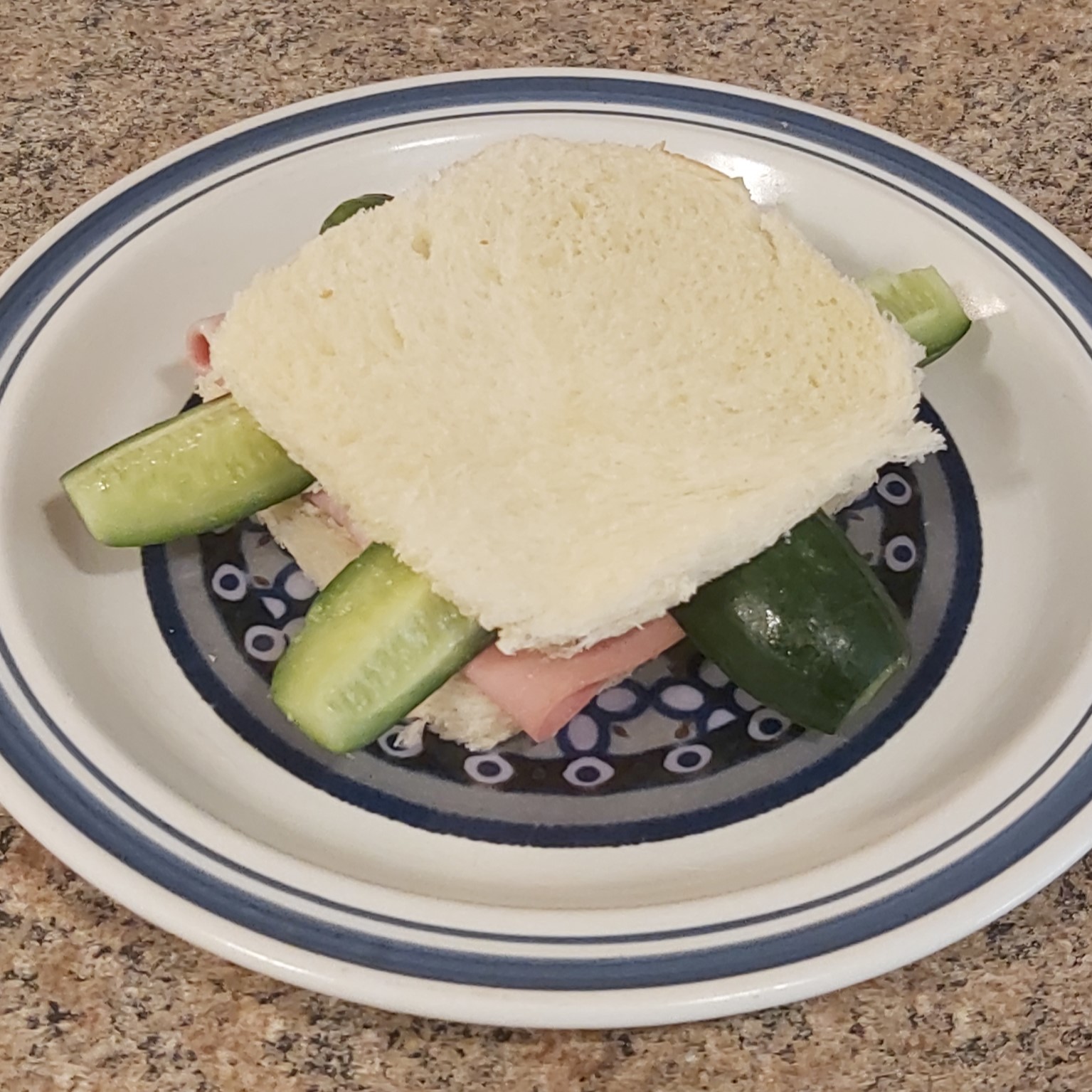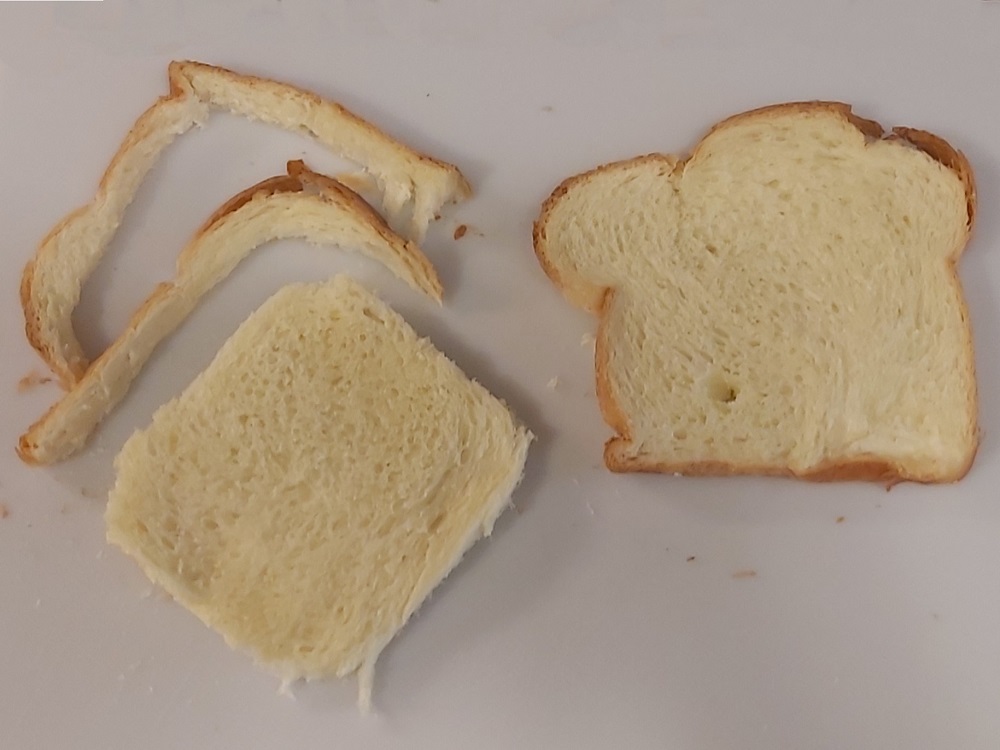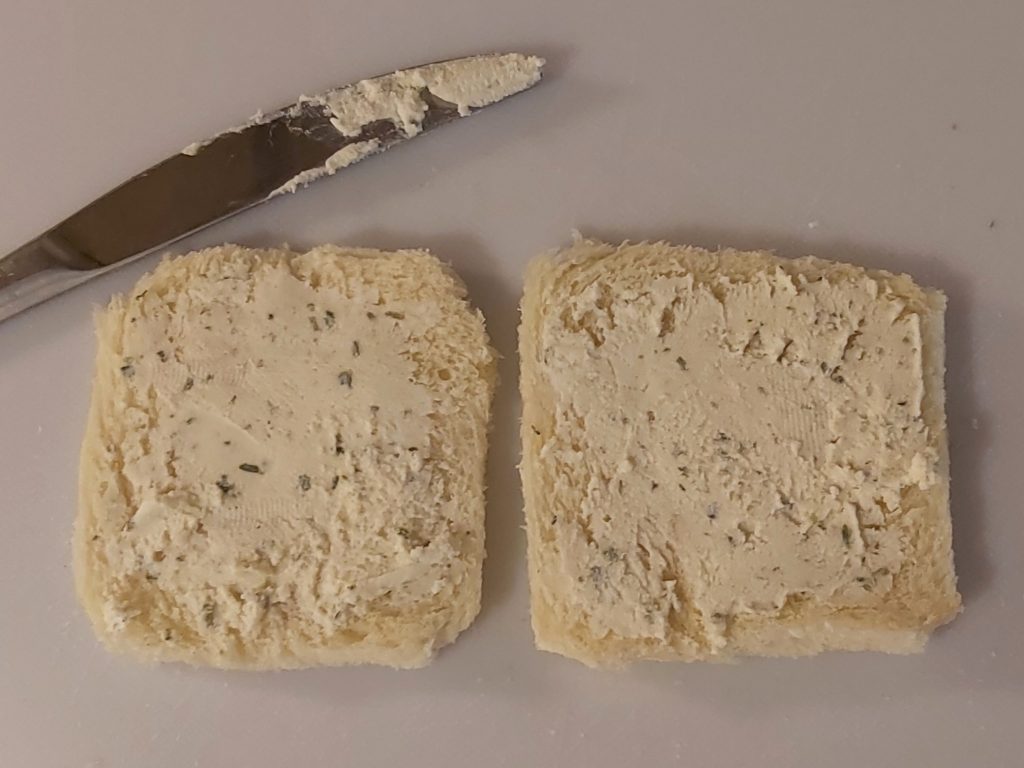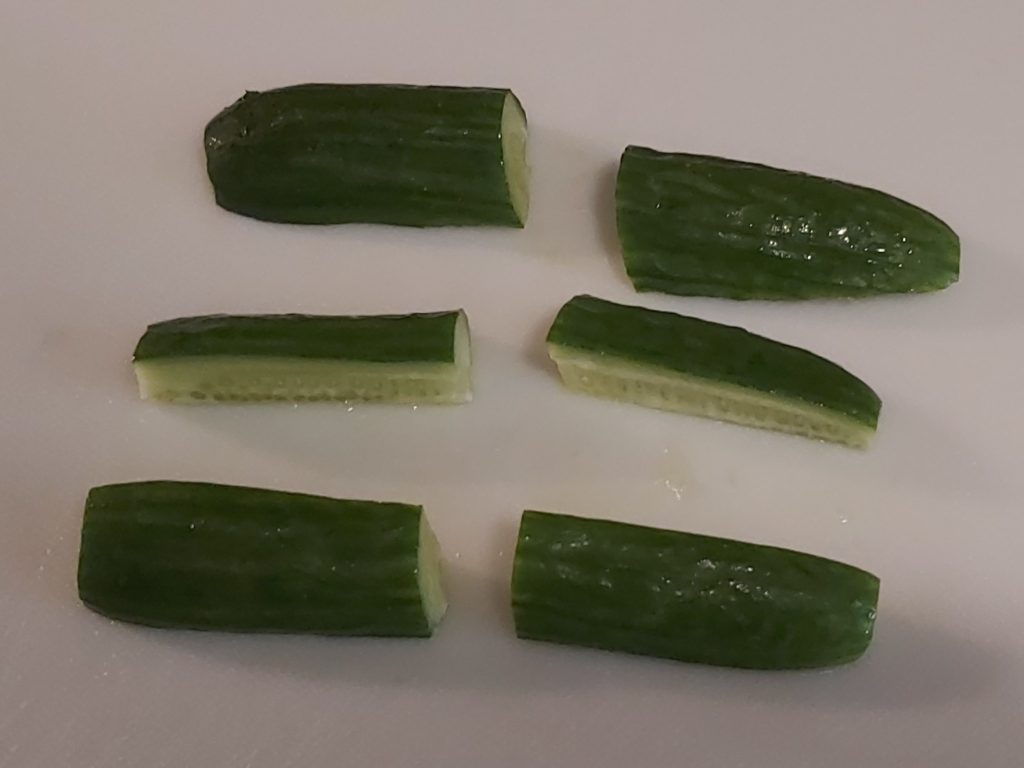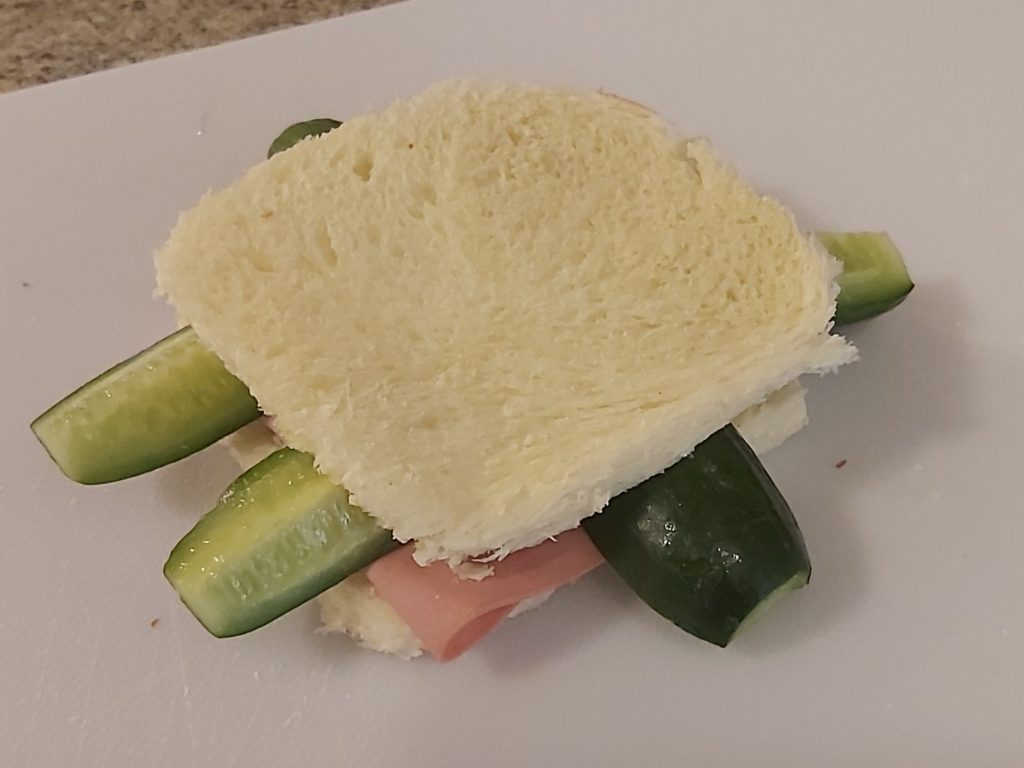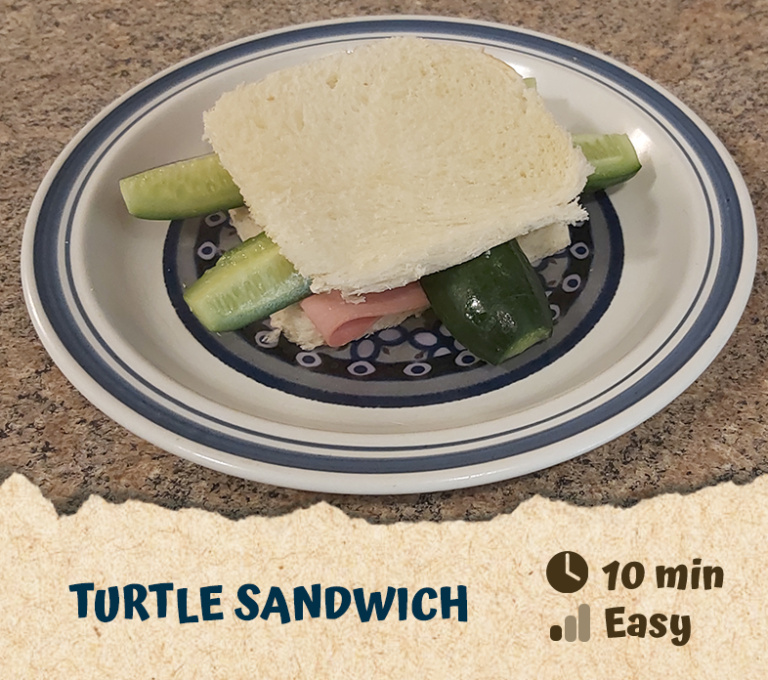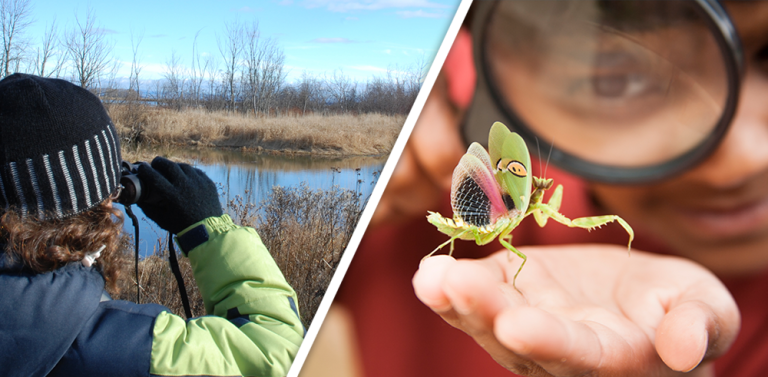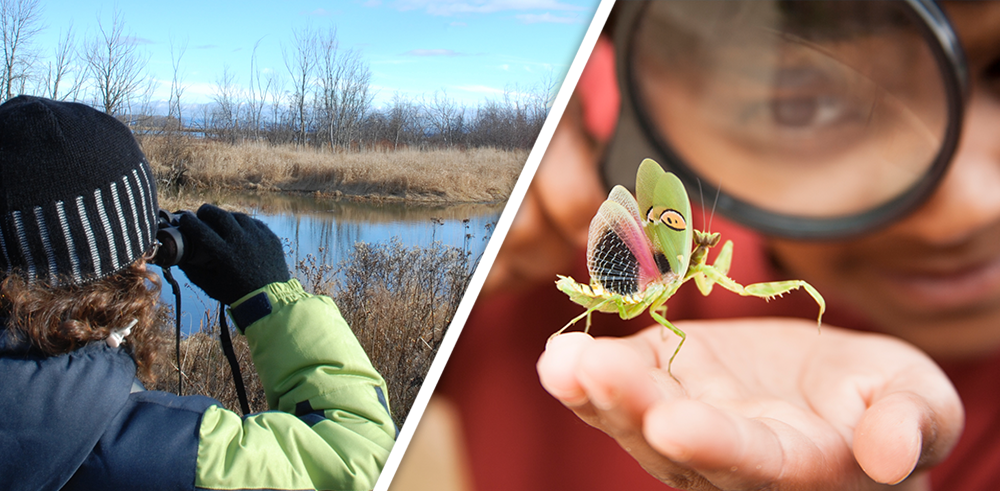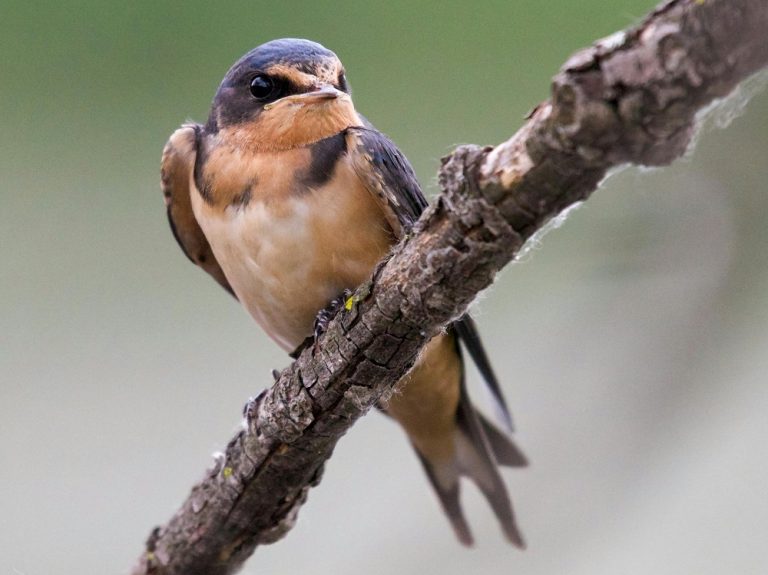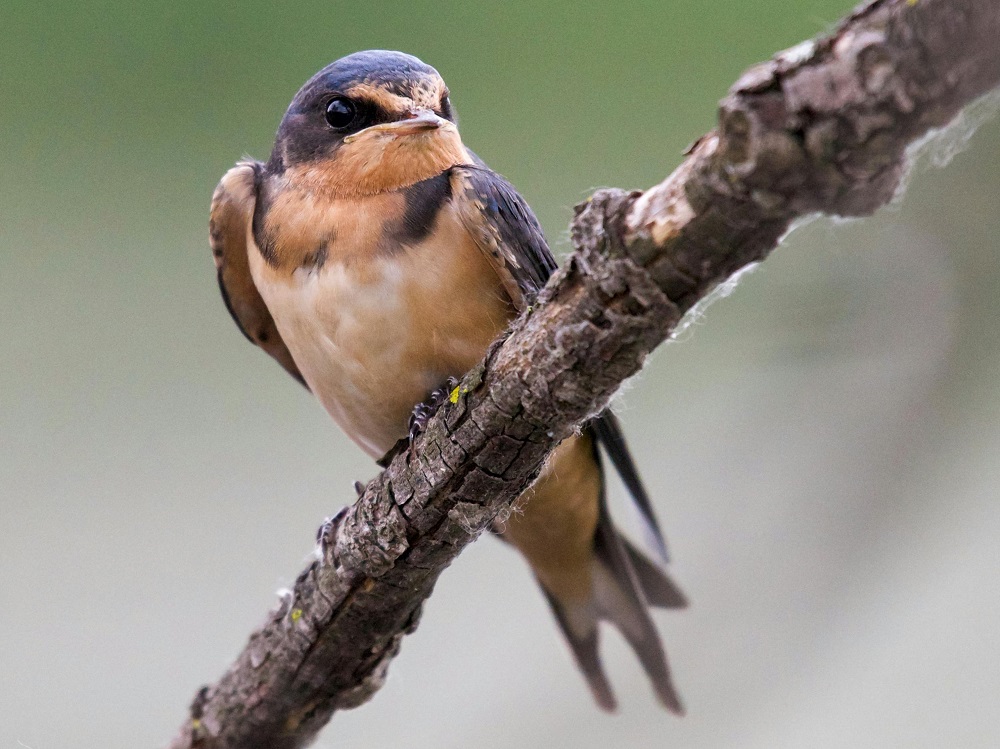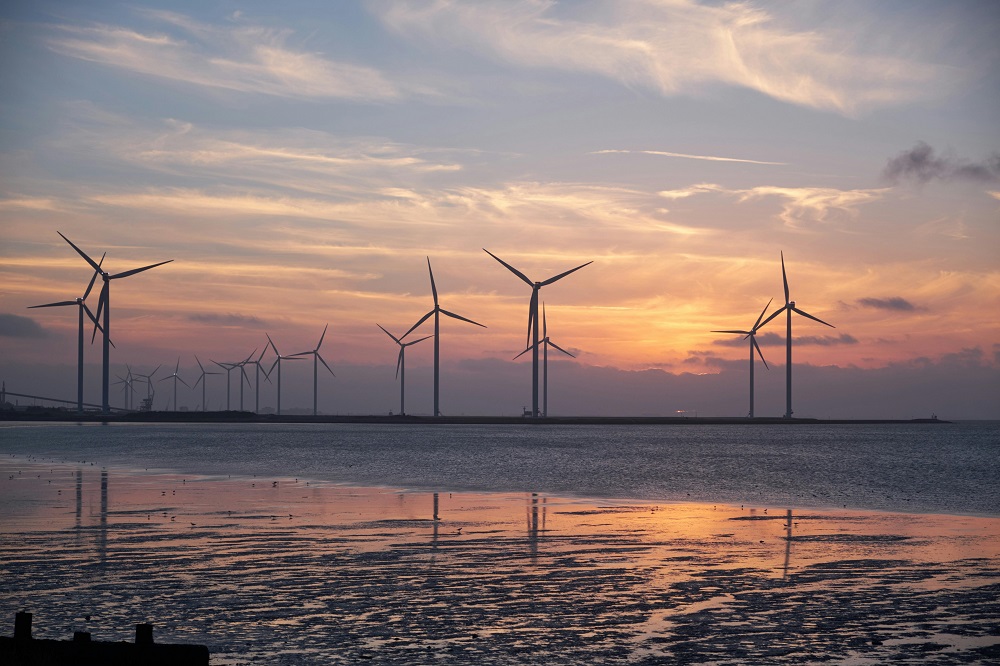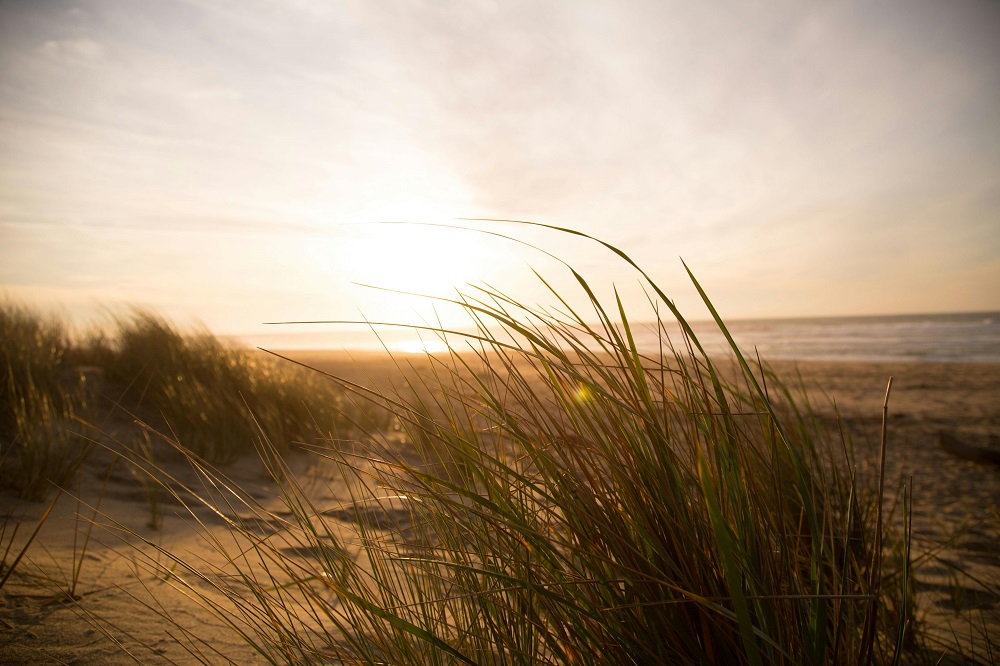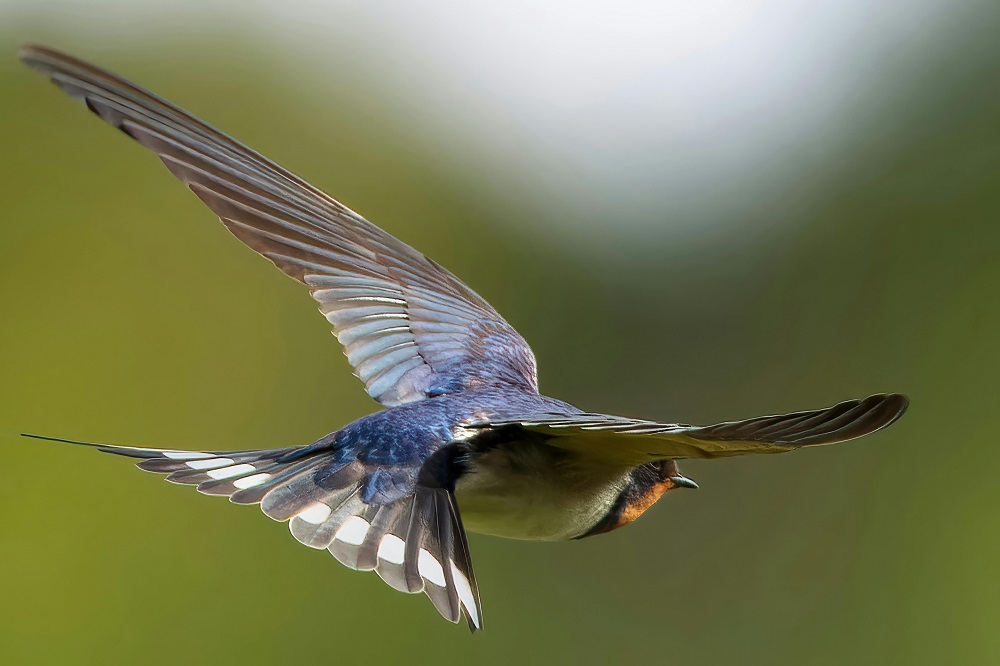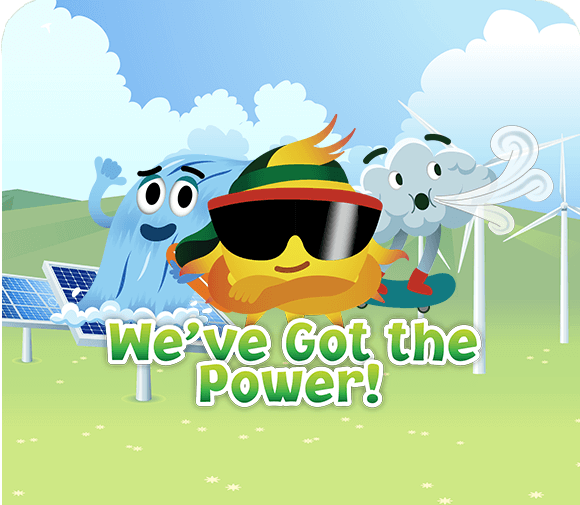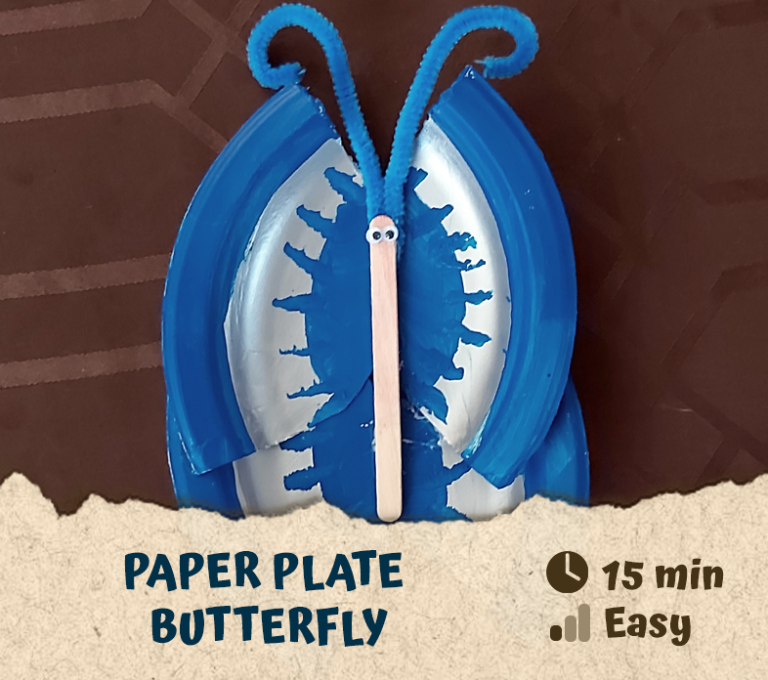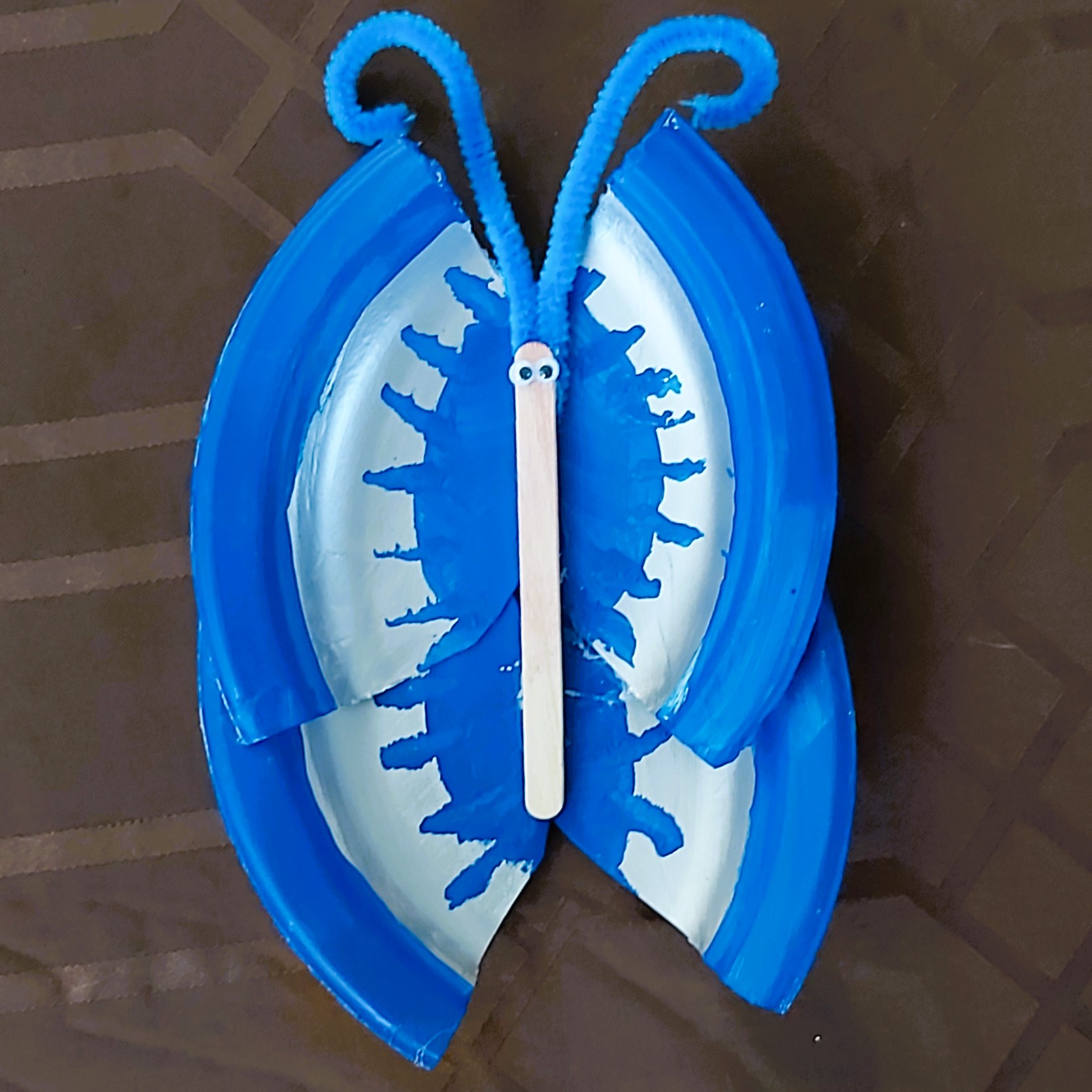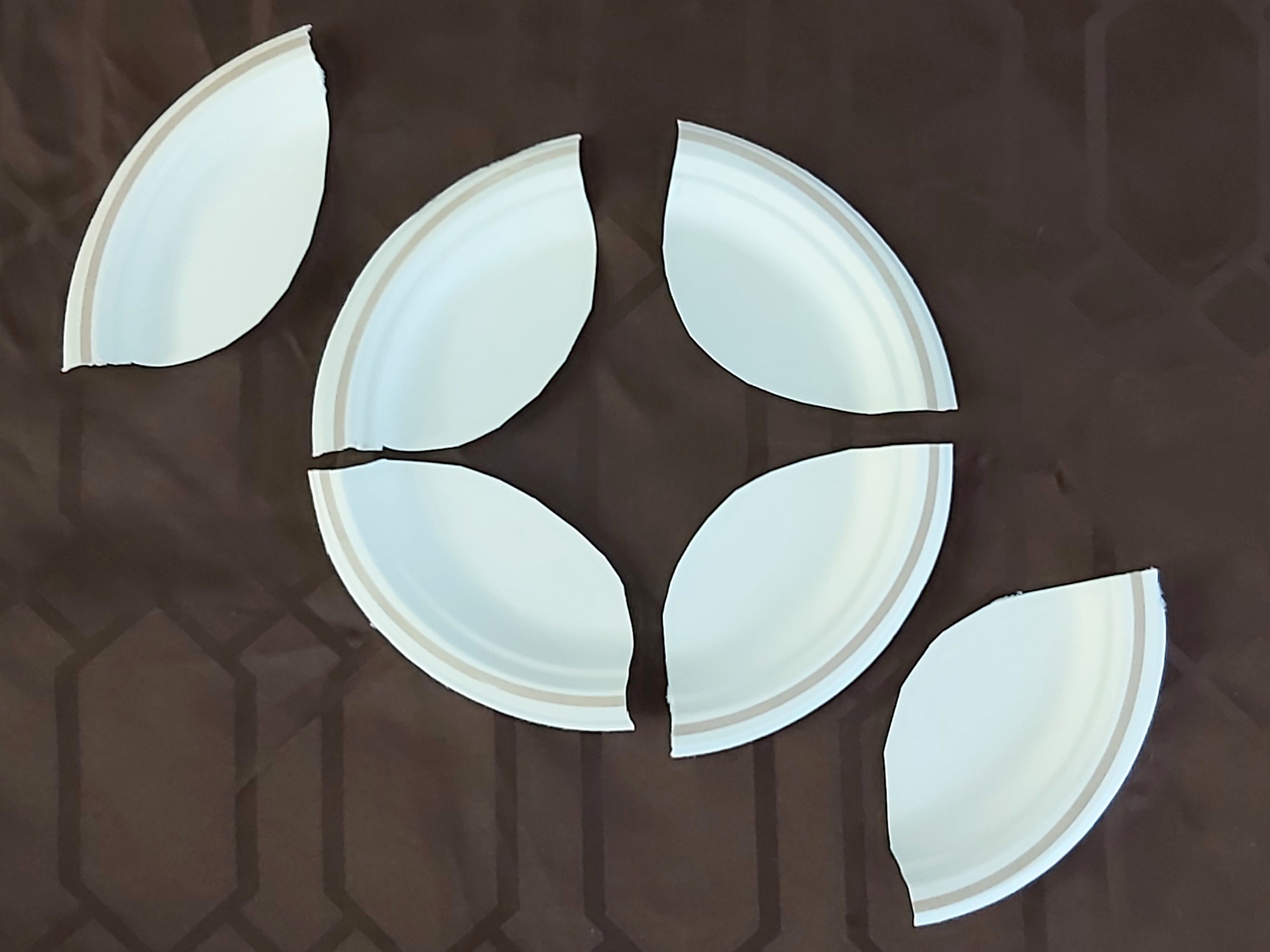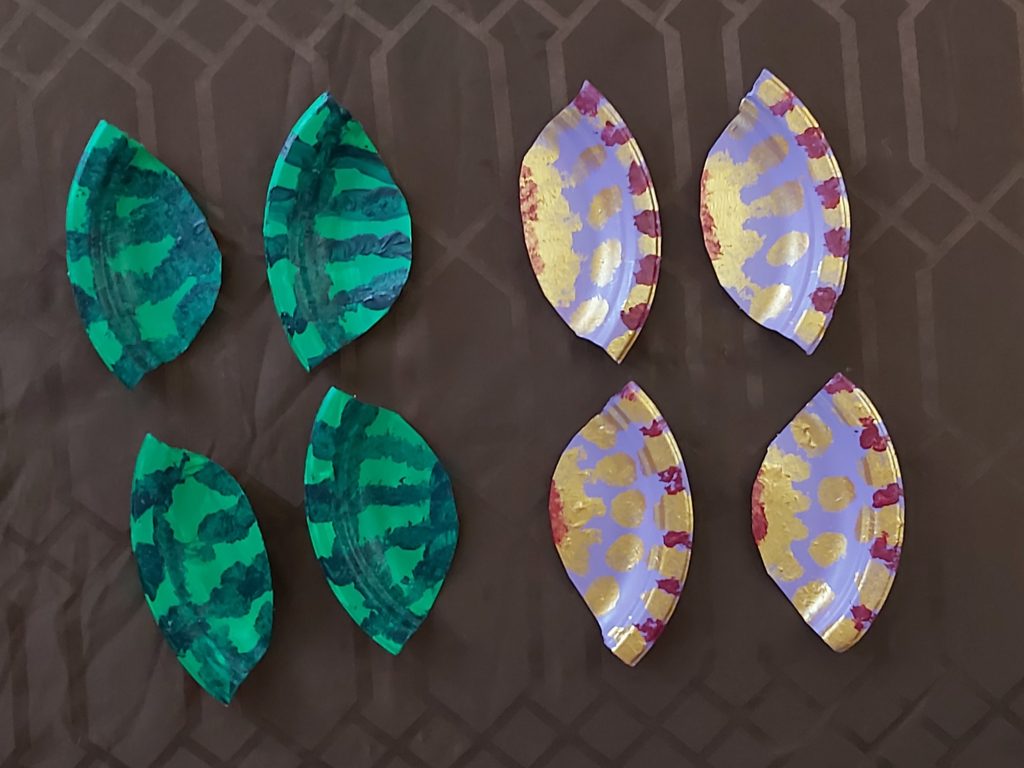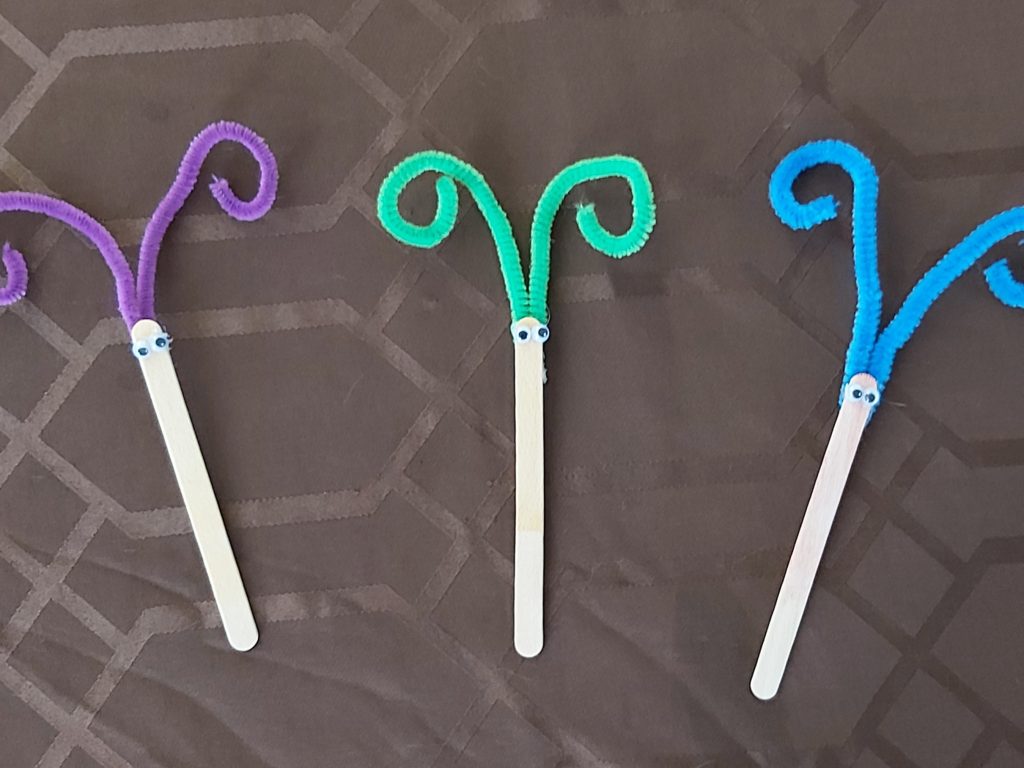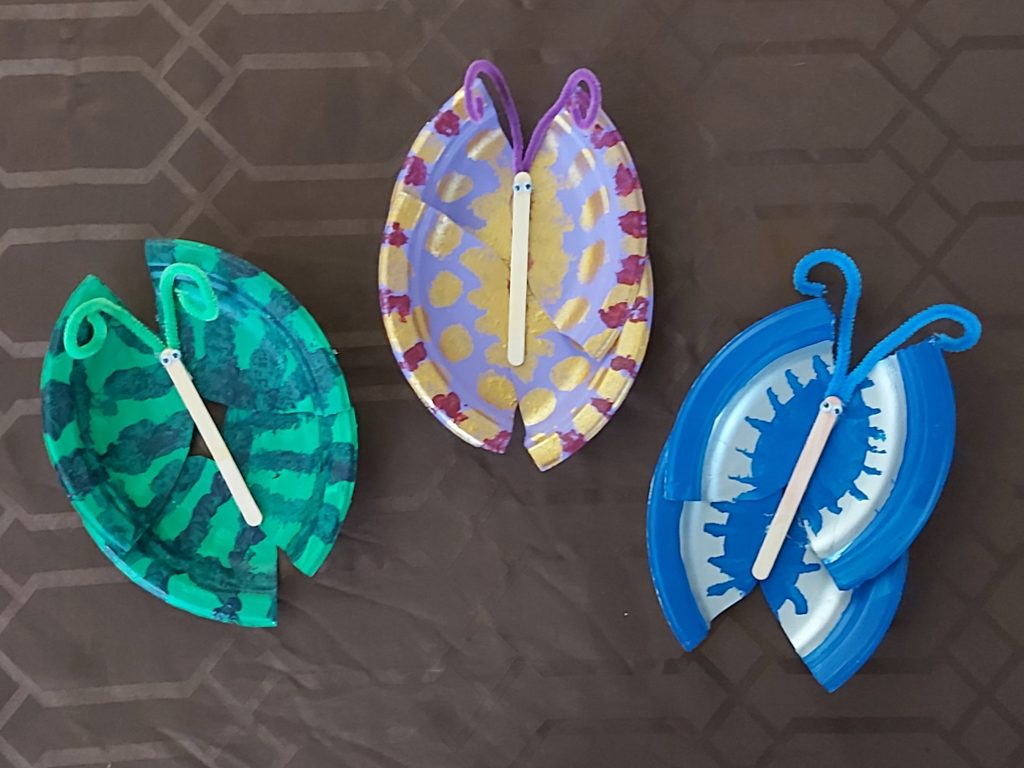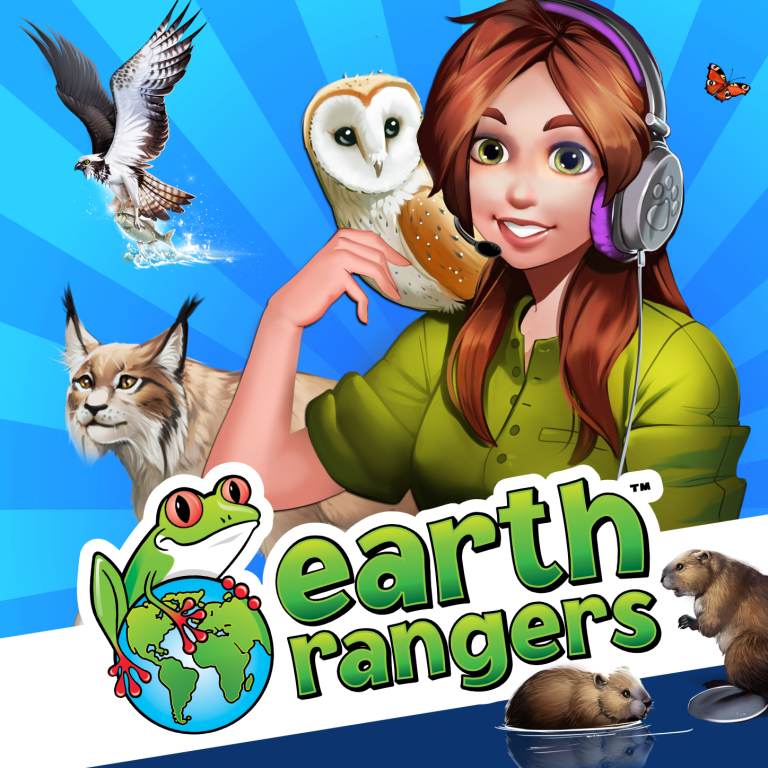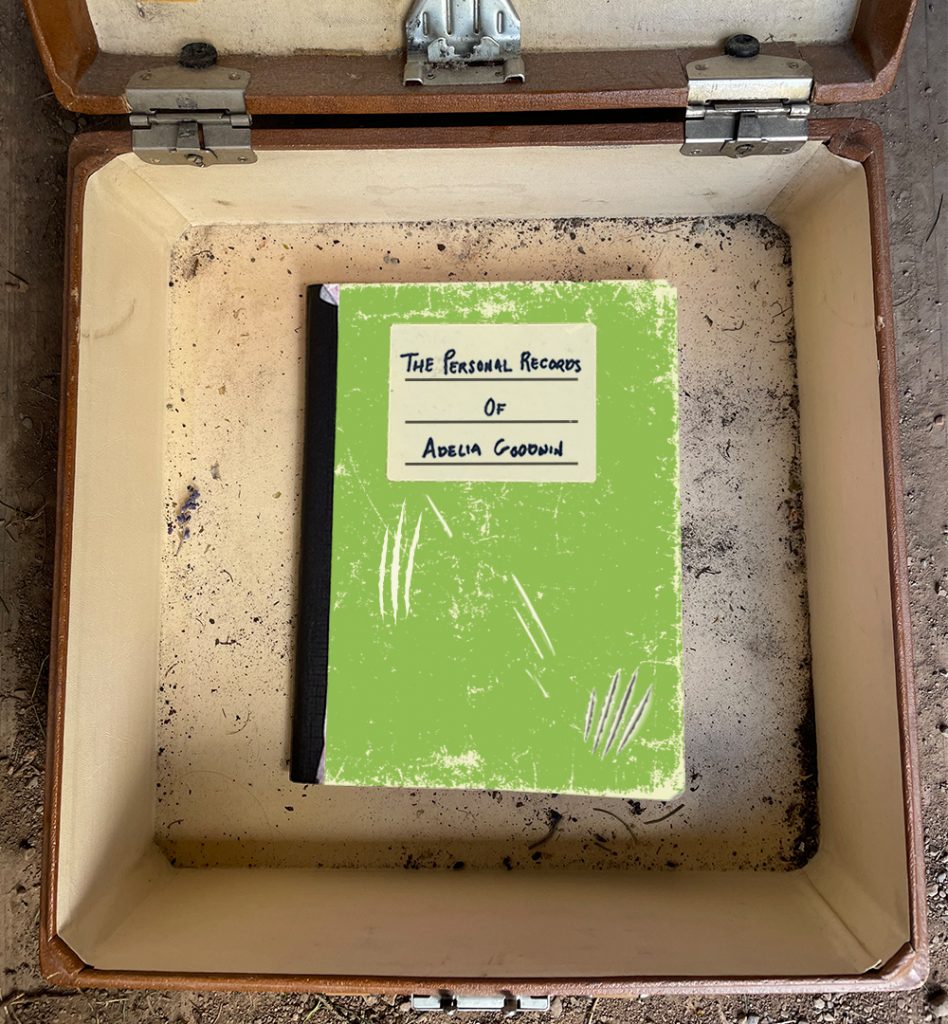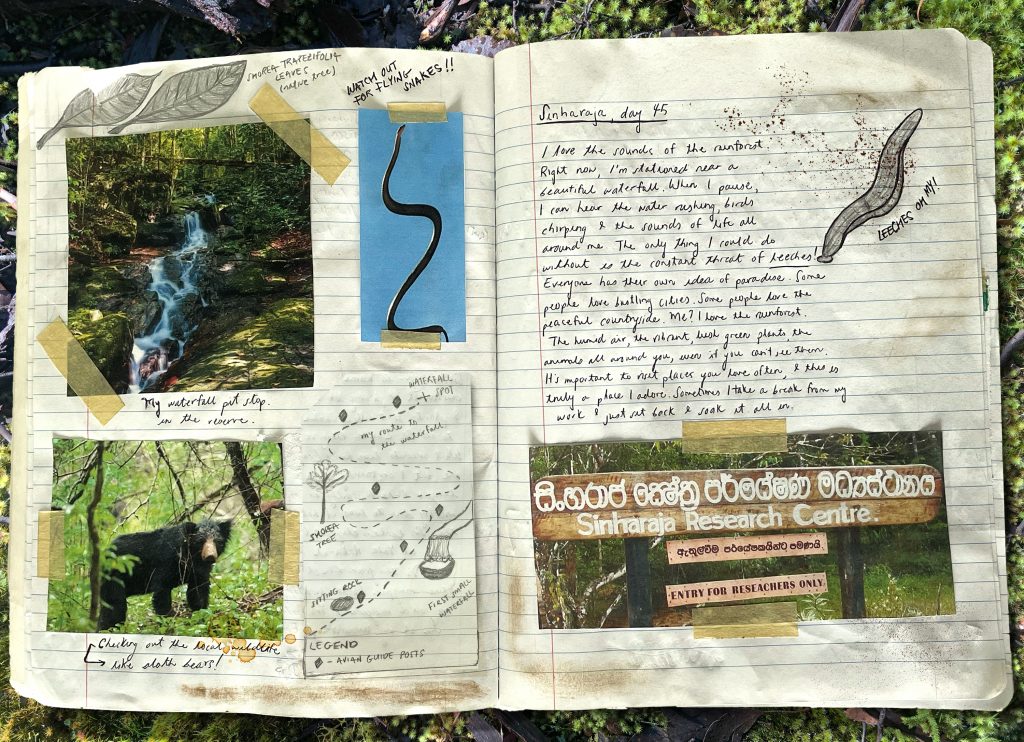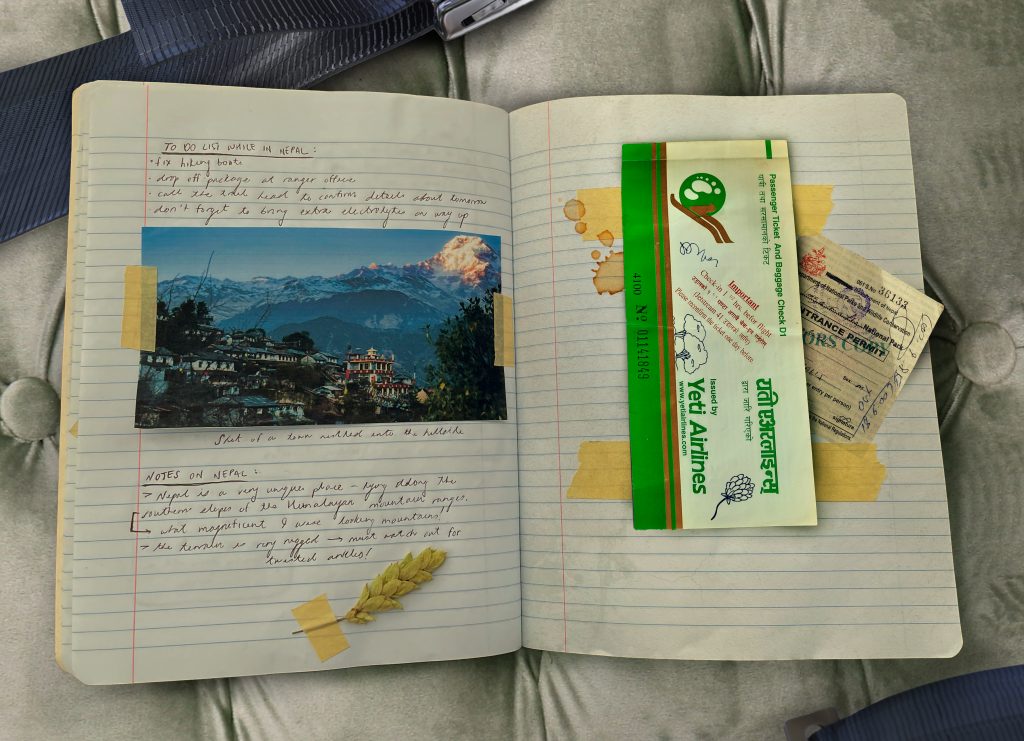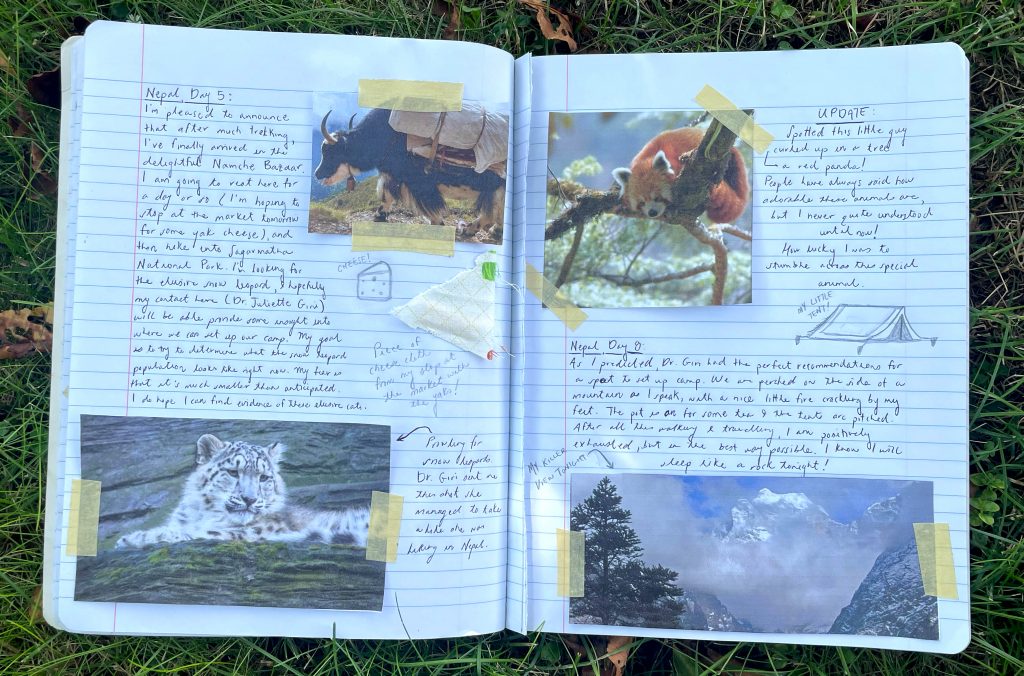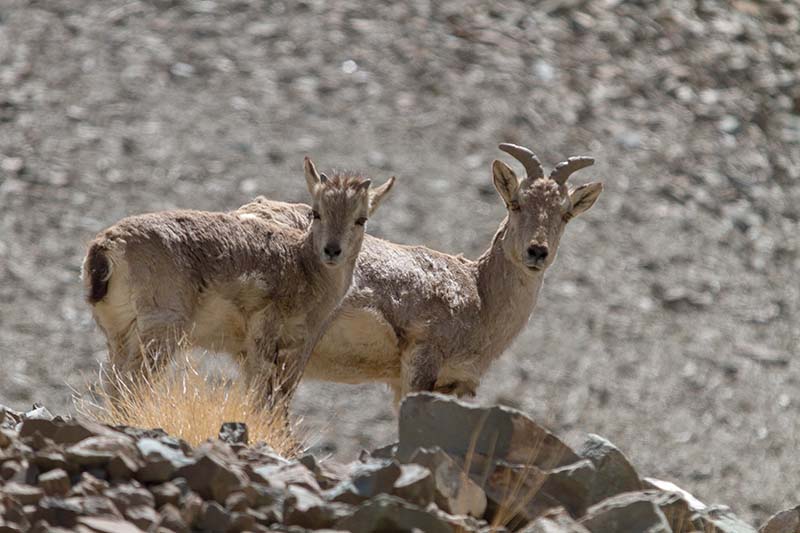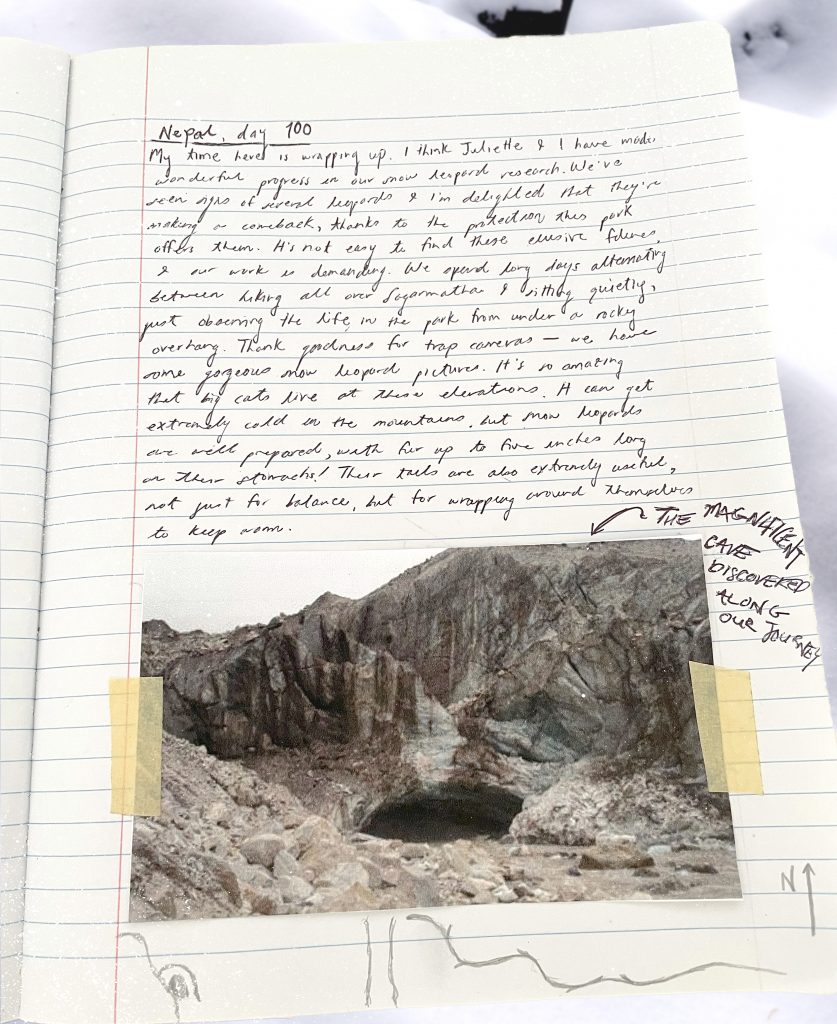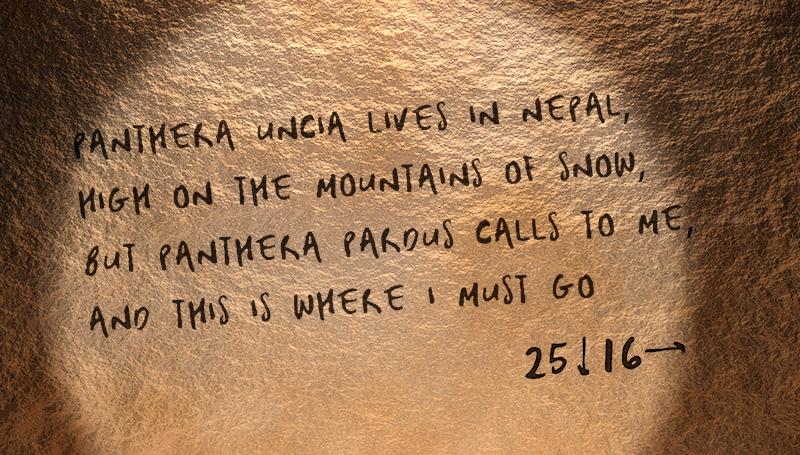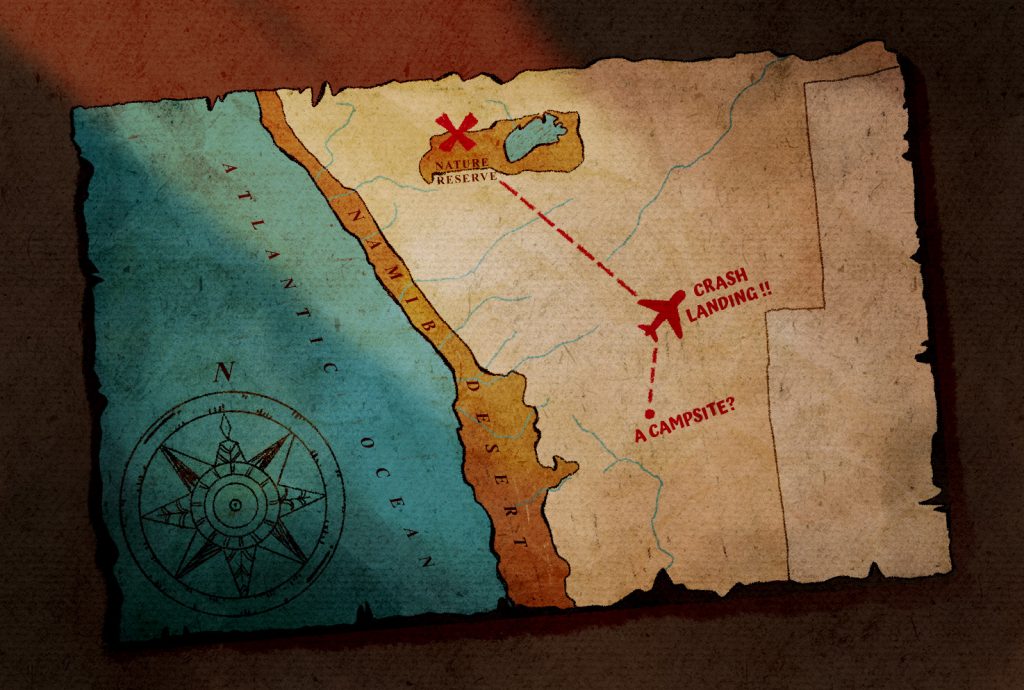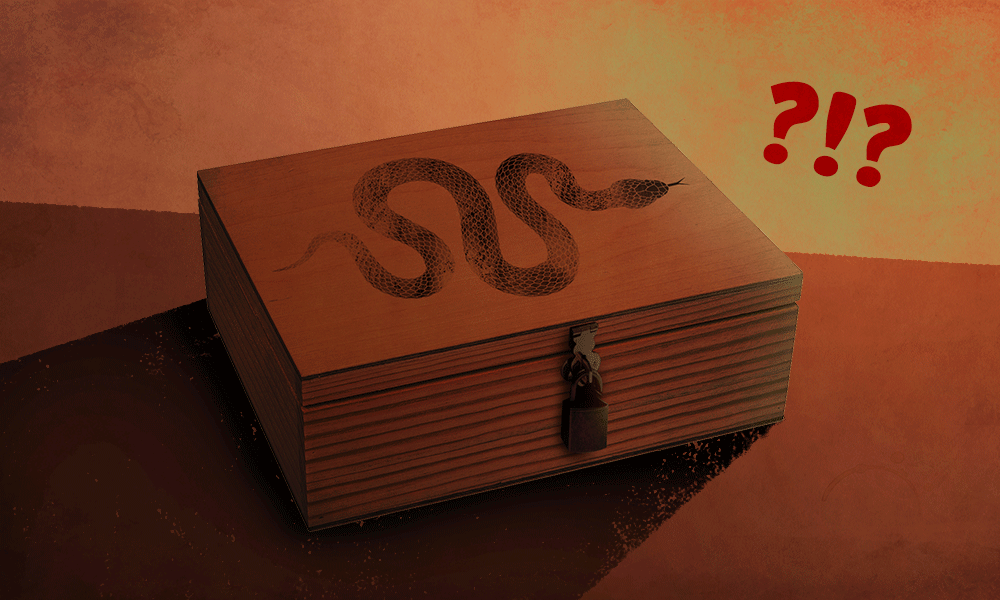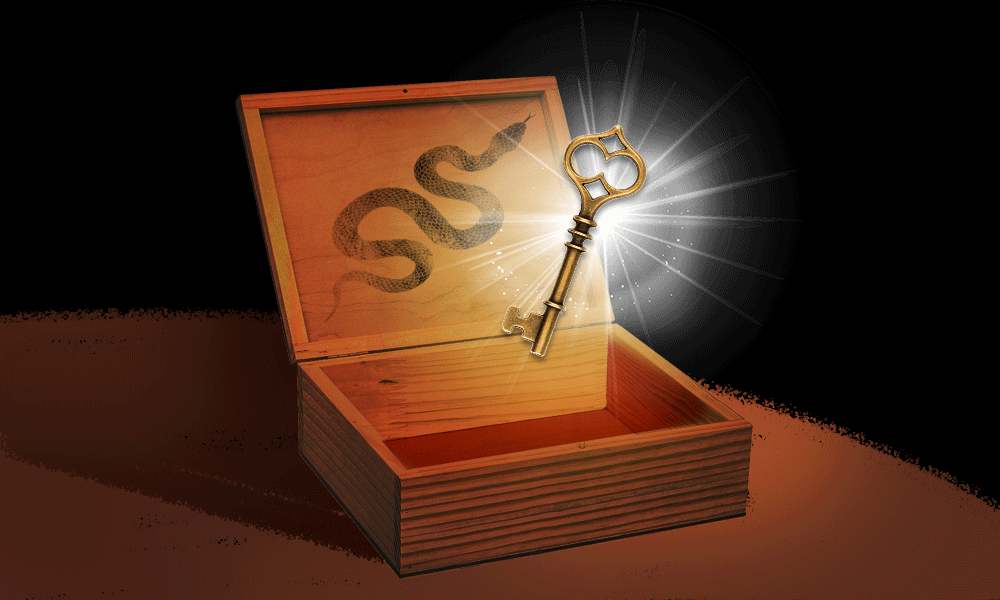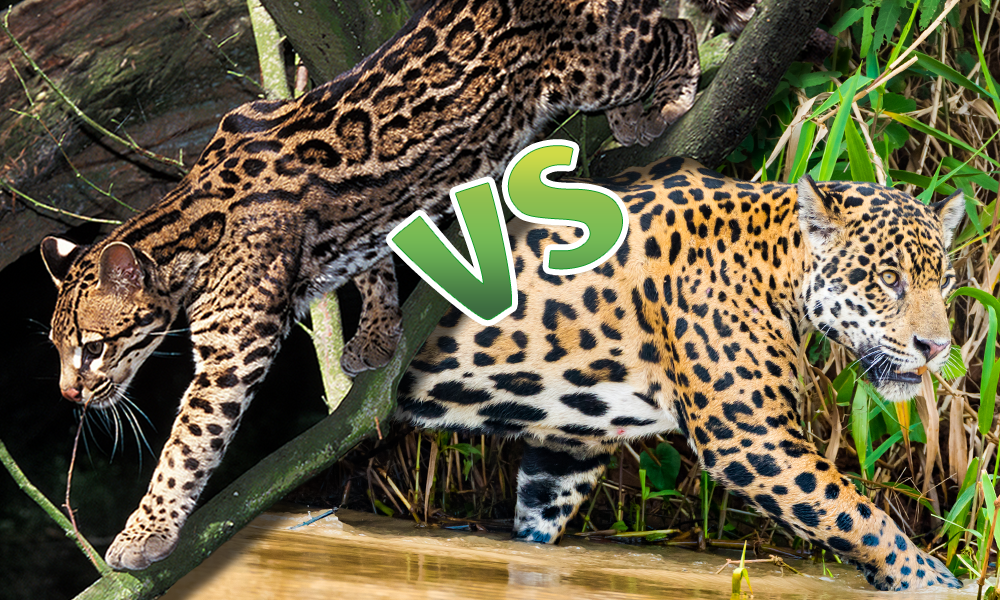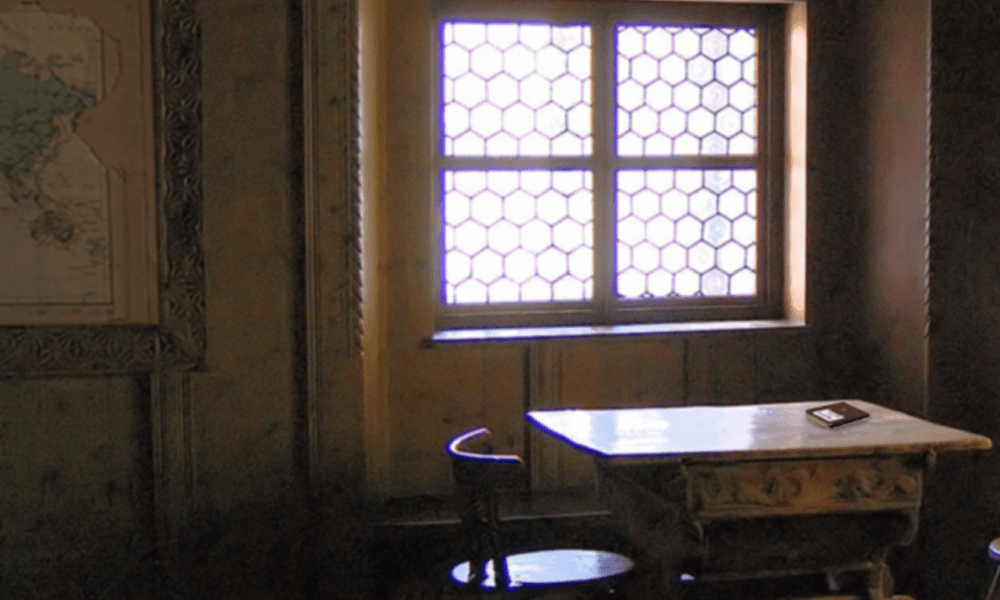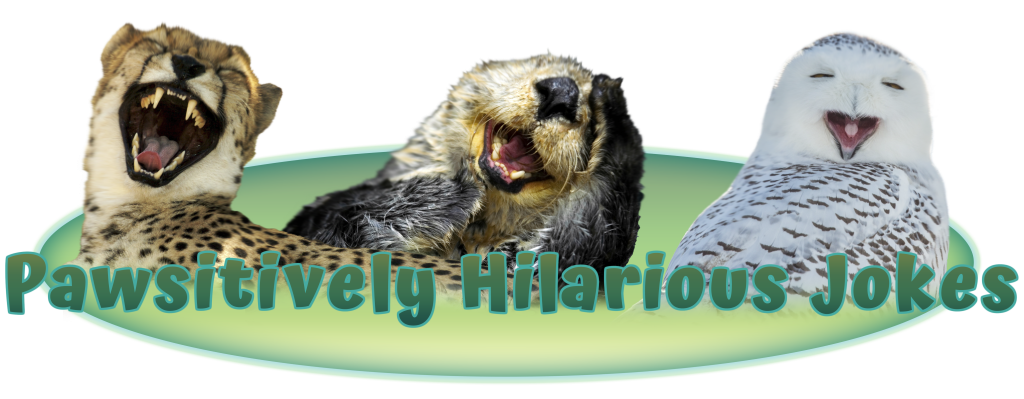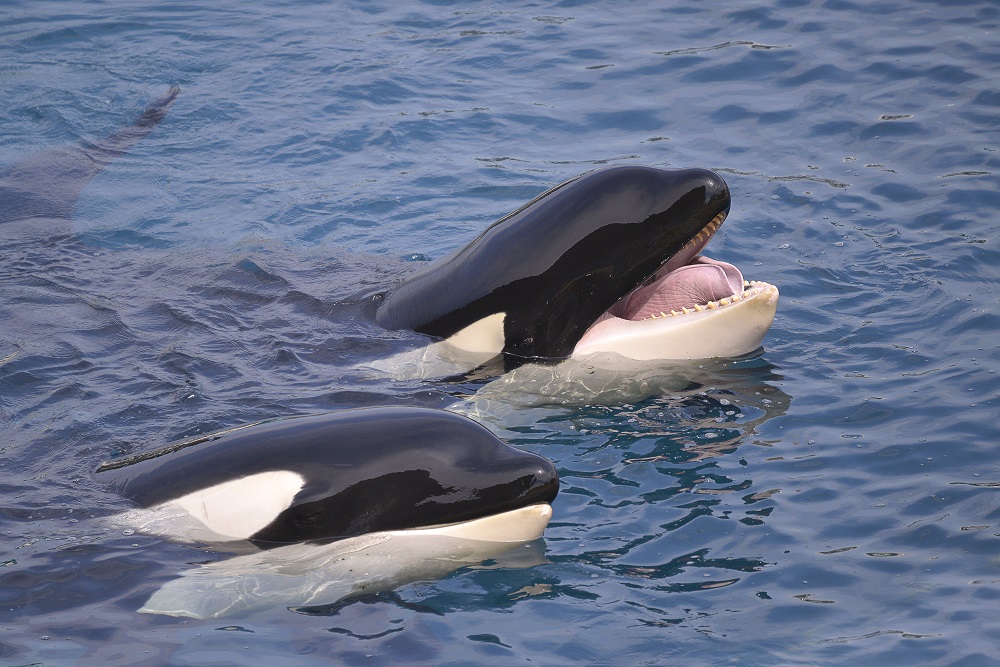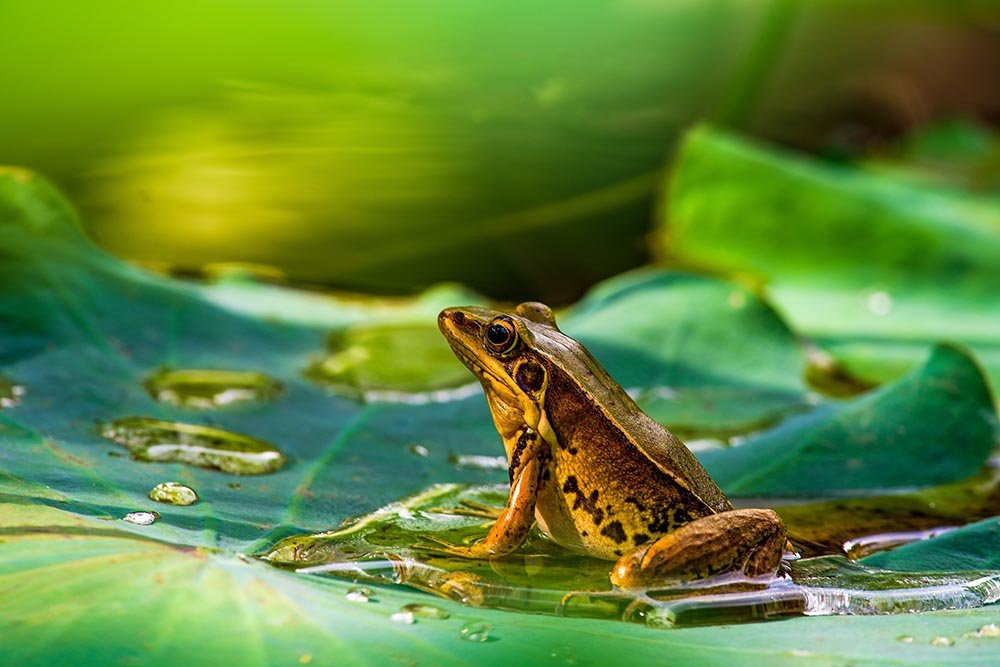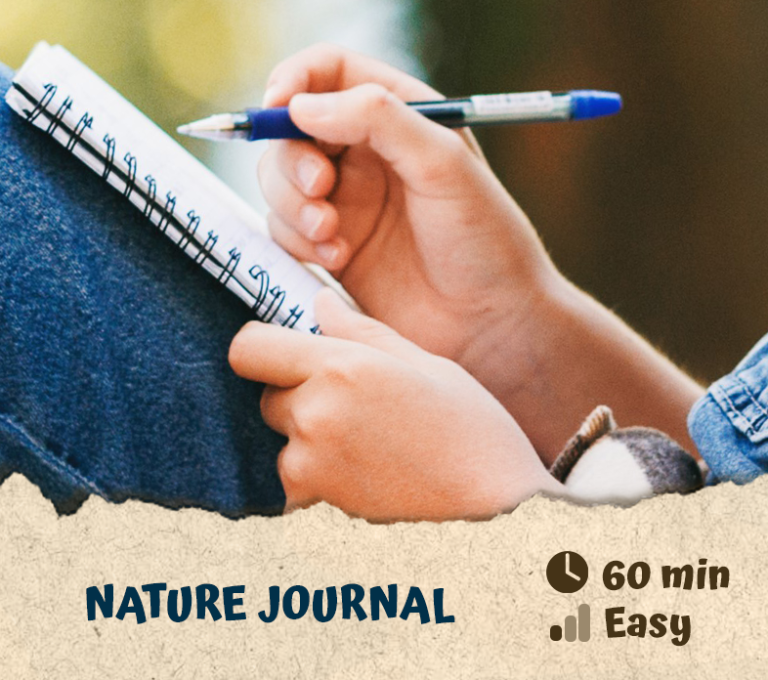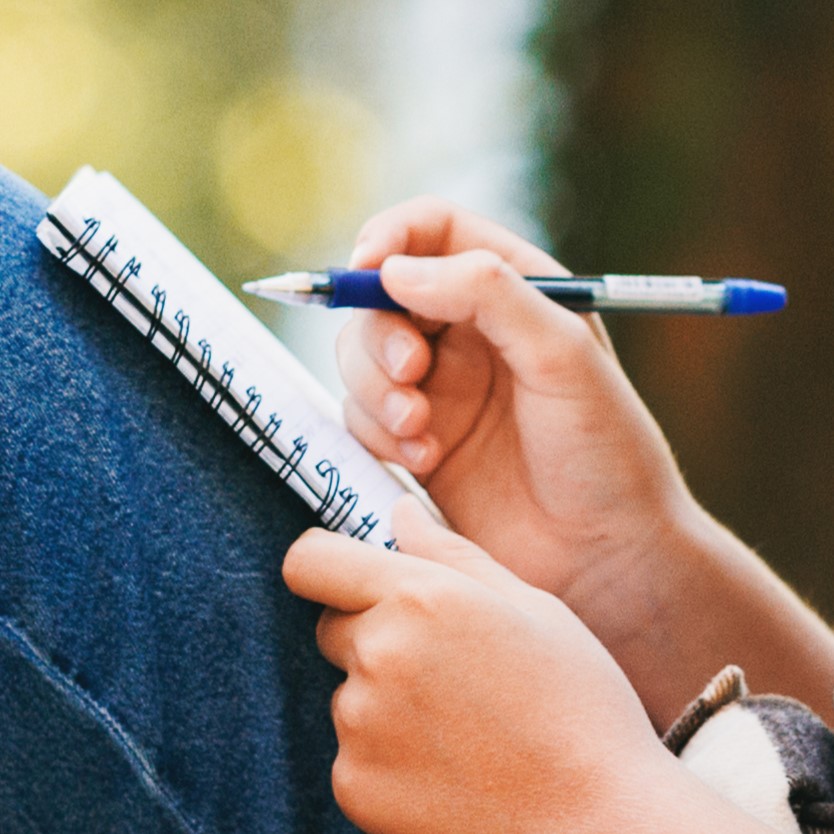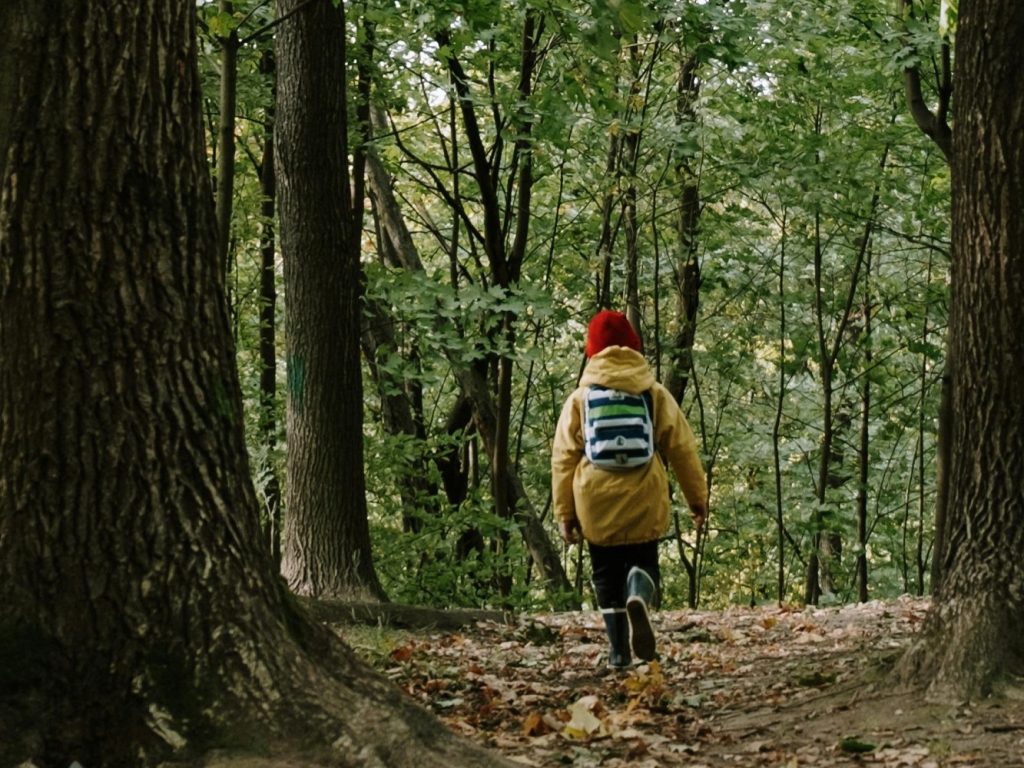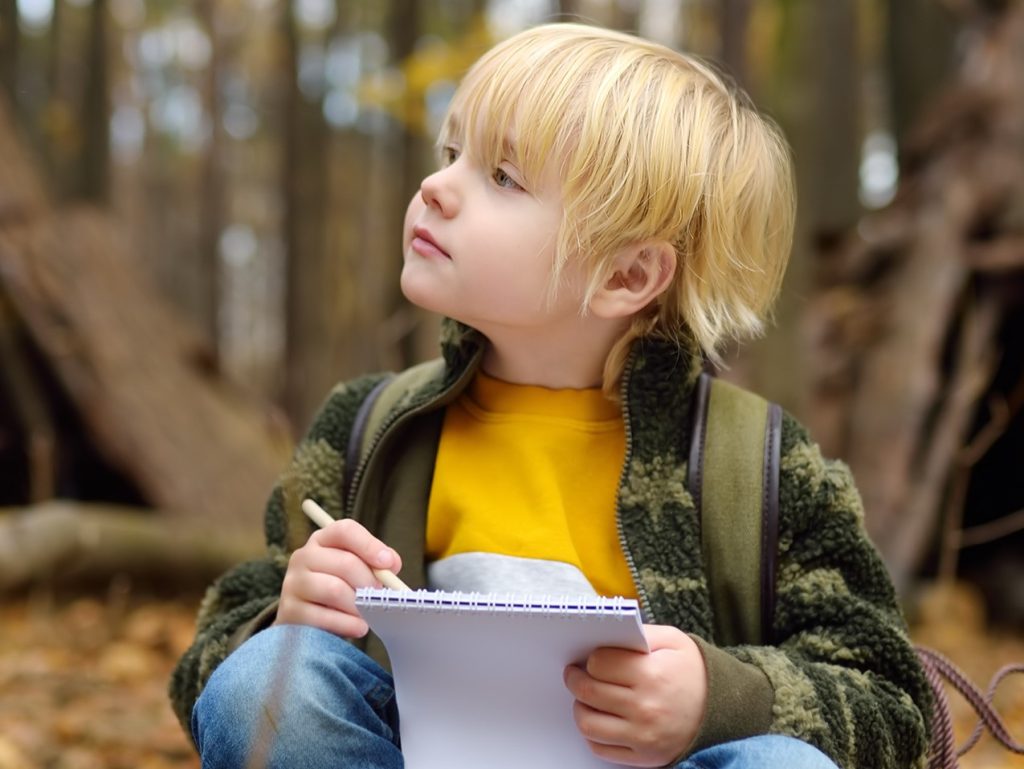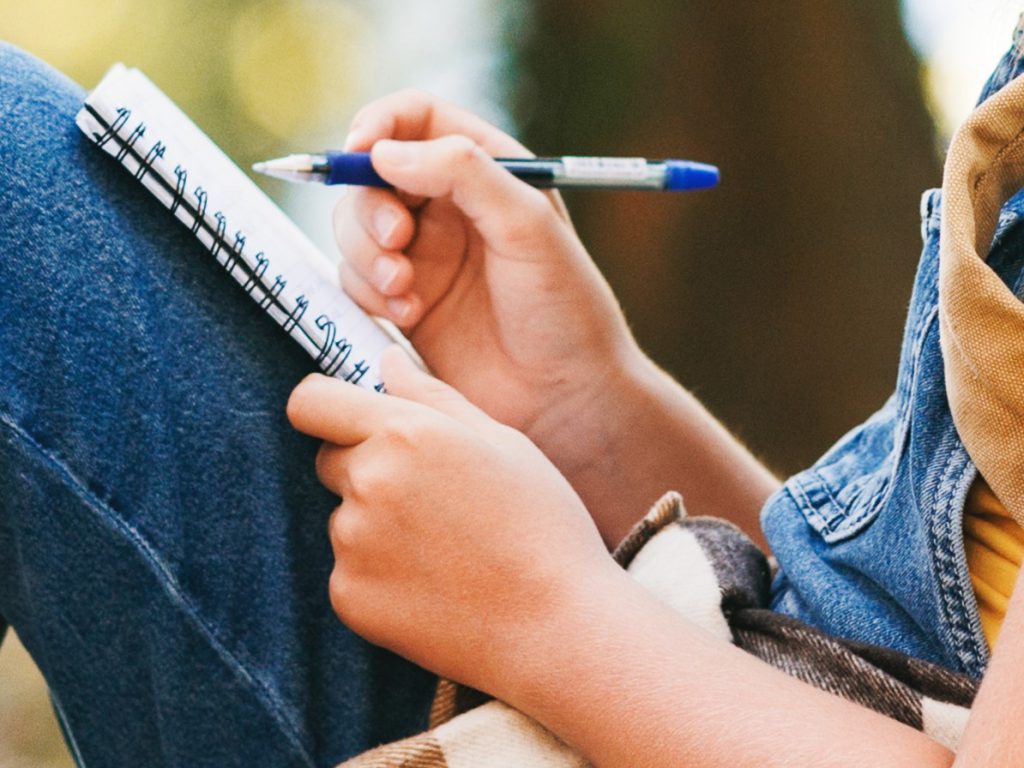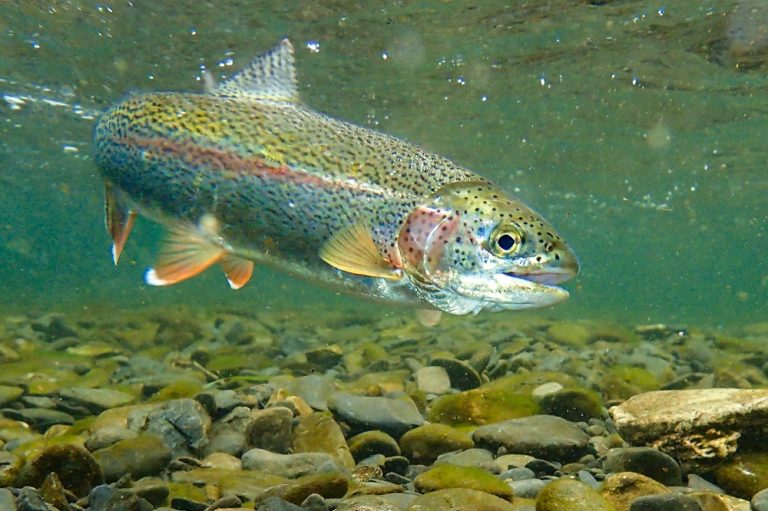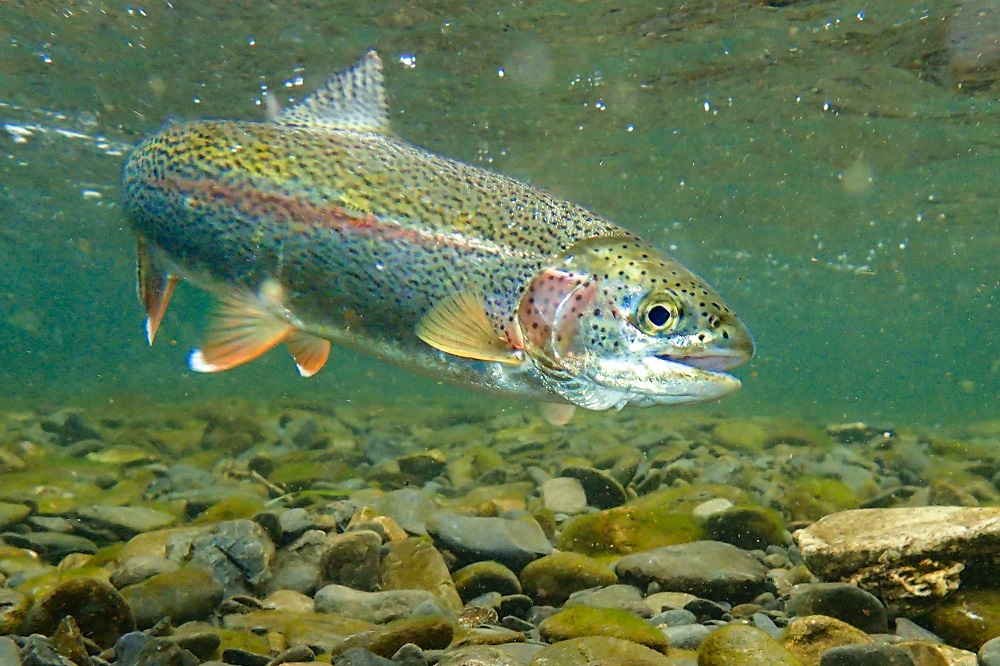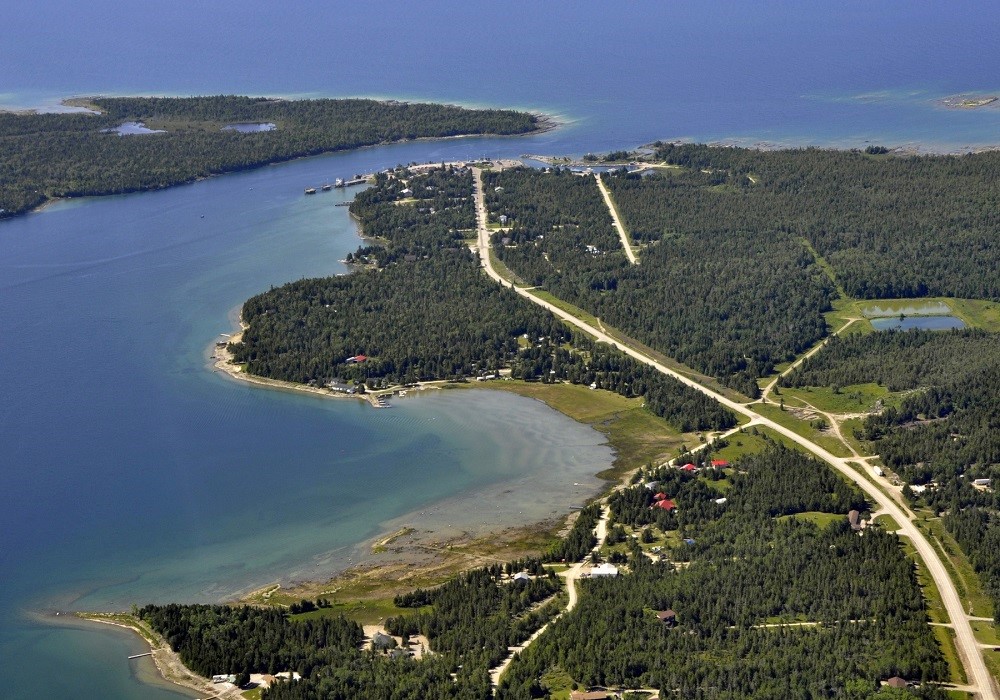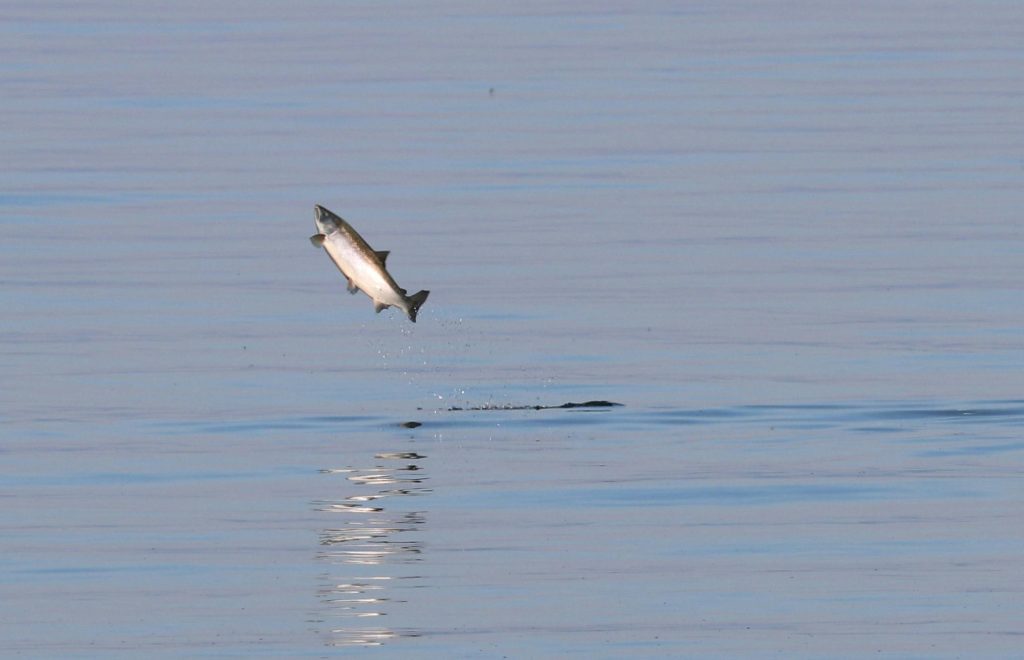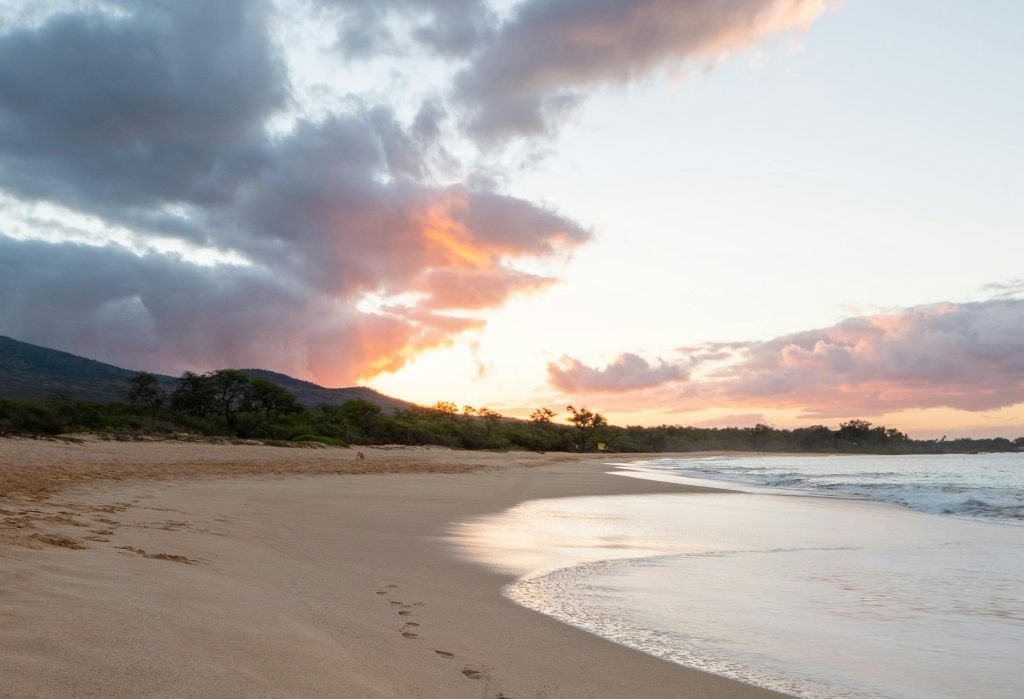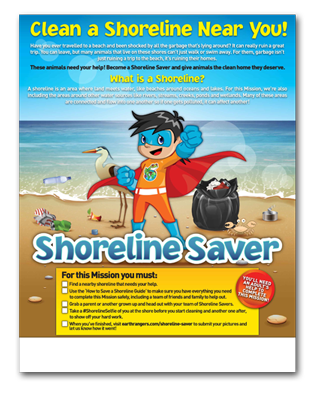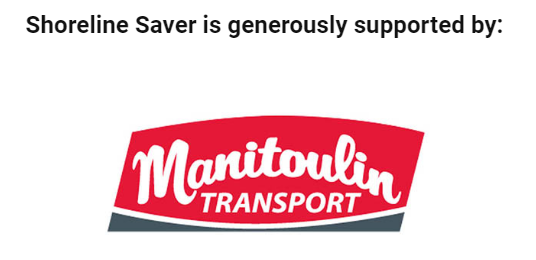Look down here! No, further down… HERE! Under the water.
Ahoy Earth Rangers! Bow the Rainbow Trout here to take you to one of my favorite lakes: Lake Huron.
What brings me to Lake Huron, you ask? Well I’m here to check out the beautiful shores of Manitoulin Island. It’s my dream vacation!
Manitoulin Island is super special. With an area of 2,766 km2, it’s the biggest freshwater island in the whole world. Manitoulin Island even has its own lakes—108 of them, to be exact! The island’s land and waterways are home to a ton of flora and fauna that rely on clean water to survive. Animals like frogs, river otters, beavers, bobcats, bears, and deer all call Manitoulin Island home.
This picturesque place isn’t without its problems. For example, an increasing amount of plastic trash—especially along the island’s shorelines—is threatening the island’s ecosystems. It’s sad that lake and ocean shorelines continue to be covered in trash and pollution. Is there not something we can do?
Shoreline Savers to the rescue!
We need you! Join us and work to stop shoreline pollution! Manitoulin Island and its many lakes are not the only places threatened by it – shorelines and waterways worldwide need our help. And we have the power: by keeping our shores clean, we can reduce the amount of plastic makes its way through the Earth’s waters, harming marine life.
Bow’s tips for the future
You can help fight the plastic problem in different ways! Here are a few ideas to share:
1) Use less plastic! Single-use plastics, like straws and plastic bags, are a big problem. If we stop using them as much, we’ll have less of it in our waters and on our shores. So, let’s try to use less plastic stuff in our daily lives!
2) Go on a shoreline cleanup. Whether you’re alone, with your family or friends, or part of a big cleanup group, picking up trash helps a lot. Imagine if everyone picked up just a few pieces of trash each time they went out!
3) Research! To make a difference, we should learn more about the problem. We need to understand why it’s happening and then find ways to fix it. You can read articles and books, listen to podcasts, or watch documentaries about the issue. The more we know, better we can solve the problem.
4) Spread the word. Tell others about the plastic pollution crisis by talking to friends, family members and strangers alike. You could donate to a charity that cleans up shorelines, volunteer with them, or tell others about their work. Every little bit helps to make a difference!
World Ocean Day
I’ve heard whispers that Earth Rangers like you celebrate World Ocean Day. It’s a great time to celebrate and raise awareness for the importance of oceans and water in our lives!
You can be a part of it by completing the Shoreline Saver Mission and heading out to clean your nearby shorelines! You’ll make a big difference for the wildlife like me.
Give it a try. Start by accepting the Shoreline Saver Mission in the Earth Rangers App. You’ll get tons of helpful information, tips for starting your cleanup, and more!
